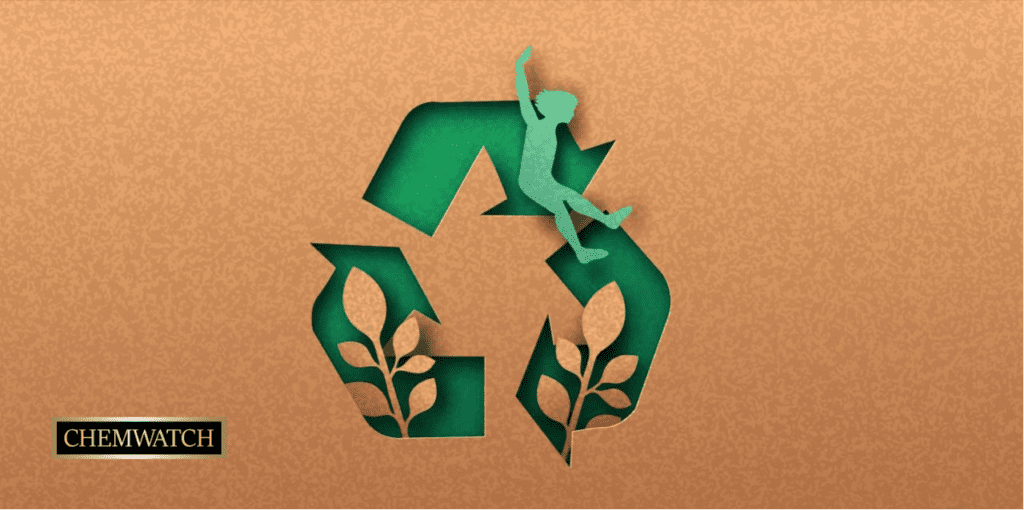
Green packaging solutions are revolutionising the way we package and transport goods, offering sustainable alternatives to traditional packaging methods, which tend to cause significant environmental pollution.

They also contribute to further waste generation and overall resource depletion. It is only by adopting green packaging solutions that you can begin to work towards reducing carbon footprint, minimising waste, and preserving natural resources. As discussed in the research article by IDTechEx, lately, advancements in sustainable packaging have started paving the way for a more circular and eco-friendly approach in society.
Circularity is a key concept in sustainable packaging, emphasising the reduction, reuse, and recycling of materials throughout their lifecycle. Many research and developmental efforts are focusing on producing green designs that can potentially help minimise environmental impact and endorse circularity.
The chemical industry is at the forefront of developing unique materials for green packaging solutions for businesses worldwide. Bio-based polymers derived from renewable sources, such as plant-based plastics, offer a viable alternative to petroleum-based plastics.
Additionally, advanced technologies enable the creation of biodegradable and compostable packaging materials that reduce waste and contribute to a more environmentally-friendly supply chain.
While the adoption of green packaging is increasing, challenges remain, such as the consistent availability and cost-competitiveness of sustainable materials can prove to be hurdles that interfere with environmental goals. It’s advisable to start pushing for collaborative efforts amongst stakeholders, such as chemical manufacturers, and packaging designers, to begin addressing these challenges. A transition to green packaging presents an opportunity for the chemical industry to drive innovation, create new markets, and establish a leadership position in eco-friendly practices on a global scale.
Many chemicals are not safe to be inhaled, consumed, or applied to skin. To avoid accidental consumption, mishandling and misidentification, chemicals should be accurately labelled, tracked, and stored. For assistance with chemical and hazardous material handling, SDS, labels, Risk Assessment, and heat mapping, contact us today!
By embracing green packaging practices, businesses and individuals can reduce their ecological footprint and contribute to a more sustainable future.
Sources: